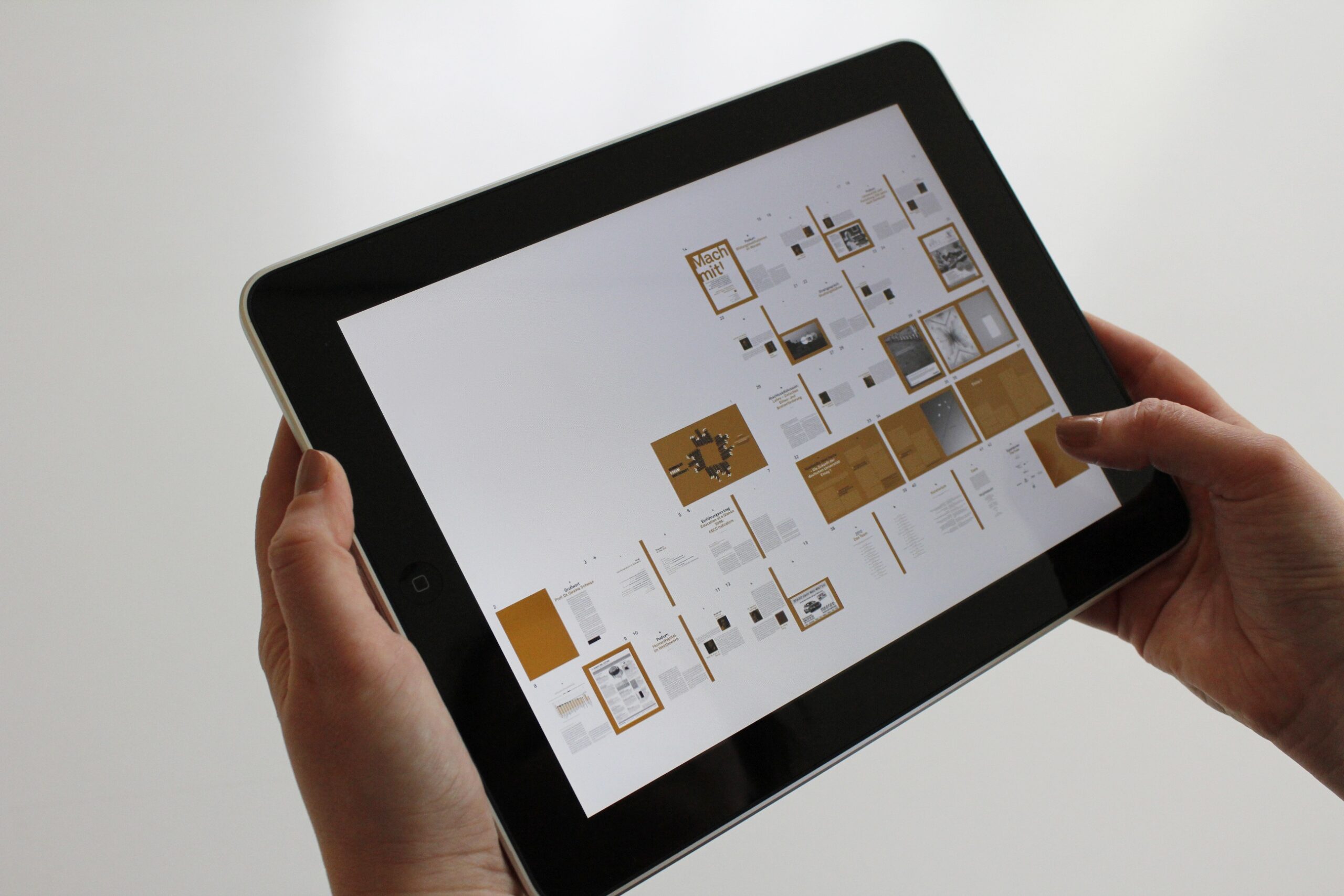Going digital shouldn’t be disruptive to your union. Just the opposite. It should improve your engagement, reach, and influence in the public sphere. Finally, it should boost your membership numbers.
But implementing digital on an organizational level can be disruptive if it’s done wholesale and without considering which tools will ultimately serve your objectives. That’s why you need to approach the issue strategically.
This list, by no means exhaustive, will give you insights into five digital tools that you should already be taking advantage of. We didn’t pull these out of thin air, either. Some of the biggest unions in North America are already empowering themselves, their members, and their agendas. And this is how they’re doing it.
So here they are, in no particular order.
NationBuilder
NationBuilder is a community organizing system that packs some serious punch. It’s one tool, but with the functionality of four. And it’s easy to use.
It’ll let you create a fully customizable website and host it, too. If you’re no tech maven, no sweat. You don’t need to know HTML to get things up and running. If you’re already running a site on another system, you can transfer it over to NationBuilder to take advantage of its powerful suite of tools.
Curious to see what a NationBuilder-built site looks like? Check out Workers United Council Canada. Keep in mind that you can have yours built to reflect your own aesthetic and serve your specific needs. You’ll notice that their site’s an extremely functional, media-rich hub, and it includes an RSS feed for their social—but more on social later. Lastly, everything is mobile-friendly.
NationBuilder also lets you load your membership data into powerful databases. There, your data will be matched with members’ social media accounts. Using a tool like Klout, you can determine which of your members are your biggest influencers using Klout scores. Think of these people as your social vanguard. As you start building a social media presence, they can share your content with their followers and help you increase your own following.
Databases provide plenty of useful information—and functionality. Set goals for each of your members and non-members using the path workflow. Want to convert non-members to members? Increase donations from prospects? Or maybe you’d just like your members to sign a petition. Whatever your objectives might be, NationBuilder’s path workflow will help you get there.
You can leverage your databases for communication initiatives. Targeted email blasting and text blasting comes built-in, so you can get the word out to your members privately and discretely.
Finally, you can collect donations and dues online using memberships. Everything is trackable, which means information on a member’s financial contributions will show up in their profile.
This is just the tip of the iceberg. NationBuilder integrates with your social media, lets you survey members with feedback that populates their profiles, among many other things.
Most unions use LinkedIn as an all-in-one human resources tool. It’s exceptional in that regard and it’ll save you plenty of time when you’re advertising for or looking to fill positions in your organization.
Take a look at the Canadian Union of Public Employees (CUPE) page, for example. You’ll notice that they’ve included organizational information and only one social update. And they have over 1,500 followers.
This isn’t by any means unique. Unions use LinkedIn pretty much exclusively as a hiring resource, but they’re still trying to figure out how it can be employed socially.
As a B2B channel, it’s a perfect place to advertise job listings, organizational news, new employee profiles, and press releases. Since it’s a place where businesses live, it also presents unique opportunities to directly engage with them—as it pertains to your union’s goals.
Facebook is the preeminent social media network. That’s a foregone conclusion at this point. It provides rare opportunities for organizations to engage personally with members and supporters.
Service Employees International Union (SEIU) does a great job in this regard, sharing organizational news, advocacy issues, and important stories from members, stressing just how essential the union is to people. Setting up a business page is an essential first step for your union. Think of it as a billboard. Plus, with Facebook’s in-depth analytics tools you can determine what content provides the best engagement from your members.
Setting up a business page is really the first step to mobilizing your members and providing them with membership value. Groups is the next step. It’s also the future of Facebook. If you’re curious to learn more, see how groups can work for you.
Finally, Facebook’s paid advertising is another resource you can use to target individuals in your trade or industry, increasing your membership numbers.
Twitter isn’t much of an organizing tool. It does, however, provide amazing utility as a communications tool. You can publish press materials, news, engage in conversations related to advocacy issues that matter most to you and most importantly, communicate directly to policymakers.
SEIU’s Twitter account is a great example of this. They engage with other unions and, using mentions, directly address politicians like Donald Trump and House Republicans. Their nimble social strategy encourages engagement but also gives their causes oodles of free publicity. It’s no wonder they have nearly 80,000 followers.
YouTube
Even though YouTube’s last on this list, it’s importance can’t be overstated—especially for unions. Video is the future of online content. Not only does it garner increased engagement across the board, but it’s also just better for telling stories.
Again, let’s take a look at SEIU. You’ll notice that the bulk of their video content relates to the “My life is better because I’m in a union” campaign. This content is personal, meaningful, and it really drives home SEIU’s value from an organizational standpoint. Pretty powerful stuff, plus it has potential to go viral, which means lots of shares.
Video content like “My life is better because I’m in a union” is also perfect for Facebook, so keep that in mind. Content can be reused and shared over different channels, so long as it’s relevant and impactful.
As I said before, this list is by no means exhaustive. There are so many tools out there, but these five are so prevalent today that they’re worth looking into if you haven’t already. And they’re certain to offer you plenty of value—which is key.
Any others you can think of? Let us know in the comments! If you need help implementing digital, give us a shout. We’d be happy to offer some advice.




